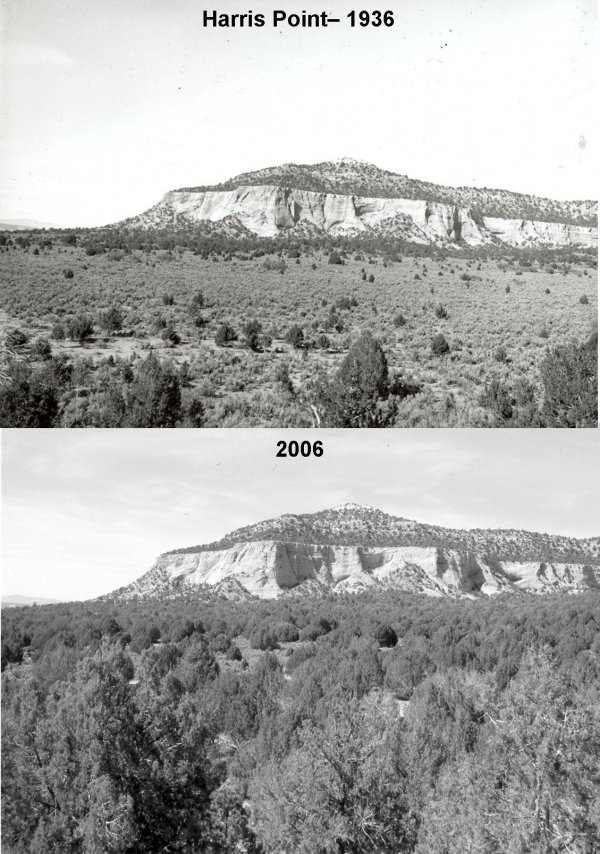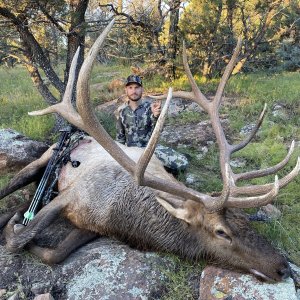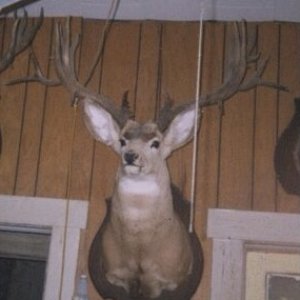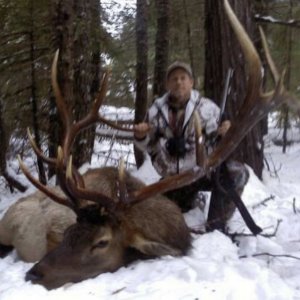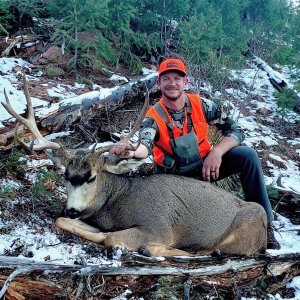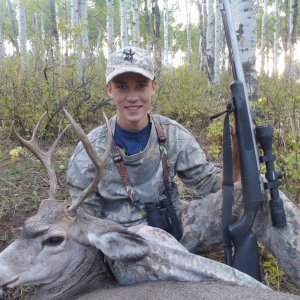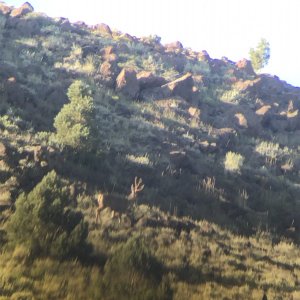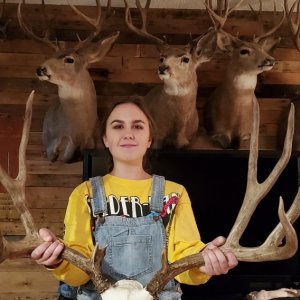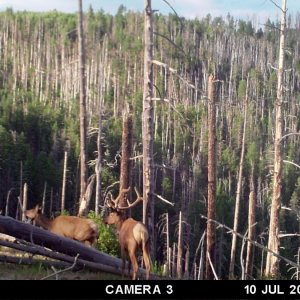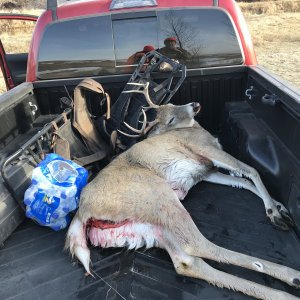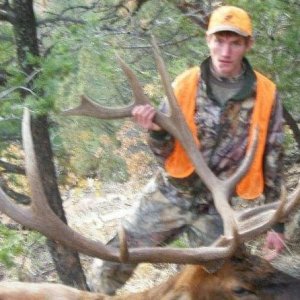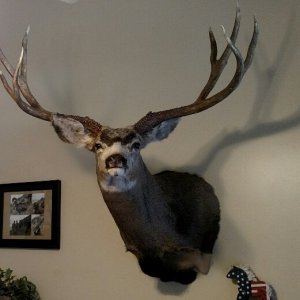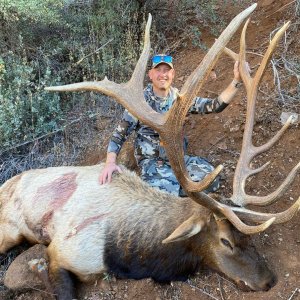So here?s the email I just got reminding me to apply.
Notice this line:
?Best of all, we have more buck deer in Utah now than in the past 25 years!?
UDWR, you've got to be kidding me! How can you honestly say that and expect public confidence in your organization? I've seen more believable marketing for fat loss pills than that claim!
They can spin the numbers all they want, but who do they thinking their fooling!?
Look, before I completely tip the scales with my own bias, is there anyone who finds this statement remotely accurate and why? Honestly, I'd like to know, cause it sure hasn't been my observation in the past 25 years.
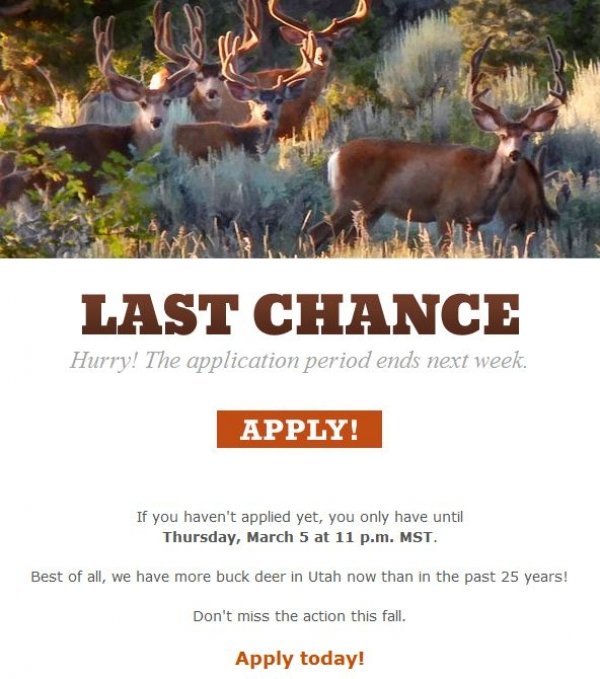
Notice this line:
?Best of all, we have more buck deer in Utah now than in the past 25 years!?
UDWR, you've got to be kidding me! How can you honestly say that and expect public confidence in your organization? I've seen more believable marketing for fat loss pills than that claim!
They can spin the numbers all they want, but who do they thinking their fooling!?
Look, before I completely tip the scales with my own bias, is there anyone who finds this statement remotely accurate and why? Honestly, I'd like to know, cause it sure hasn't been my observation in the past 25 years.


